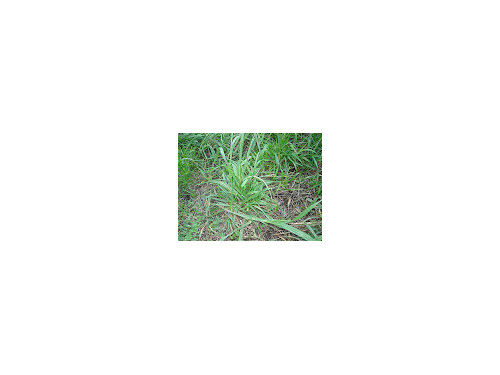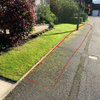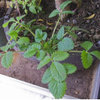ID my weeds please
pinar
16 years ago
Related Stories

GARDENING GUIDES5 Weed-Smothering Ground Covers
Let these landscape plants do the dirty work of choking out weeds while you sit back and enjoy the view
Full Story
GARDENING GUIDES5 Ways to Naturally Win the Weed War
Show irksome weeds no mercy with these tricks for combating them sans chemicals
Full Story
GARDENING GUIDESGreat Design Plant: Silphium Perfoliatum Pleases Wildlife
Cup plant provides structure, cover, food and water to help attract and sustain wildlife in the eastern North American garden
Full Story
EDIBLE GARDENSNatural Ways to Get Rid of Weeds in Your Garden
Use these techniques to help prevent the spread of weeds and to learn about your soil
Full Story
GARDENING GUIDESWeed War: When and How to Use Chemical Herbicides
Before you spray, arm yourself with knowledge about which weed killers — natural or synthetic — are right for your yard
Full Story
HOUZZ TOURSHouzz Tour: From Overgrown Weeds to Picturesque Farmhouse Expanse
This once-neglected 100-acre South Carolina site now features a lake, a wood-filled farmhouse and a far-reaching view
Full Story
GARDENING GUIDESLet's Weed Out 4 Native Plant Myths
Plant wisely for a garden that supports pollinators and requires less work
Full Story
HOUSEPLANTSMother-in-Law's Tongue: Surprisingly Easy to Please
This low-maintenance, high-impact houseplant fits in with any design and can clear the air, too
Full Story
HOME OFFICESQuiet, Please! How to Cut Noise Pollution at Home
Leaf blowers, trucks or noisy neighbors driving you berserk? These sound-reduction strategies can help you hush things up
Full Story
BATHROOM DESIGNUpload of the Day: A Mini Fridge in the Master Bathroom? Yes, Please!
Talk about convenience. Better yet, get it yourself after being inspired by this Texas bath
Full StoryMore Discussions









pinarOriginal Author
pinarOriginal Author
Related Professionals
Baltimore Landscape Architects & Landscape Designers · Birmingham Landscape Architects & Landscape Designers · Garden City Landscape Architects & Landscape Designers · Salisbury Landscape Architects & Landscape Designers · Garden City Landscape Architects & Landscape Designers · Avocado Heights Landscape Contractors · Cedar Hill Landscape Contractors · El Reno Landscape Contractors · Fort Wayne Landscape Contractors · Kerman Landscape Contractors · Pomona Landscape Contractors · San Pedro Landscape Contractors · Thornton Landscape Contractors · Waterford Landscape Contractors · Antioch Landscape ContractorsWeed
Weed
Beeone
pinarOriginal Author
Beeone
pinarOriginal Author
Beeone